In this article
The Toy Poodle is the smallest of the Poodle breed. It was developed at the start of the 20th century to make the popular hunting dog, the Standard Poodle, in a miniature version as a companion animal.
Like other small breeds, the toy Poodle’s smaller size is associated with a longer-than-average lifespan than all dog breeds. So how long do Toy Poodles live? On the high end of the life expectancy scale, the Toy Poodle’s lifespan is estimated to be around 18-19 years; this is significantly higher than the average for all dog breeds (which is around 12 years). However, several factors impact their lifespan, such as nutrition, genetics, health, and more.

What’s the Average Toy Poodle Lifespan?
The average lifespan of a toy Poodle is anywhere from 10 to 18 years, according to the AKC.1 This might seem odd at a glance, as the range is remarkably high. Can proper ownership really add 8 years to a dog’s life? Not quite.
The AKC life expectancy information is so broad because the AKC considers all Poodles (toy, standard, etc.) the same breed of dog and, therefore, gives a general age range for all Poodles. This AKC policy effectively allows owners to register any variety as a Poodle with the organization. Therefore, their age estimation is a broad guess for all Poodles, regardless of size.
Smaller breeds are statistically more likely to have a longer natural lifespan than large ones. The average estimates of a dog’s lifespan vary depending on the context of the study. However, a very large-scale study involving information from millions of pet dogs (over 13 million unique dogs) found an average lifespan for dogs at around 12 years.2
Therefore, it is generally thought that toy Poodles have an average life expectancy of at least 12 years, with upper estimates placing them in higher values. In one study conducted in England, the average Toy Poodle lifespan was 14 years, and one toy Poodle was recorded as being over 19 years of age.3


Why Do Some Toy Poodles Live Longer Than Others?
Several factors impact the Toy Poodle’s lifespan:
1. Nutrition
Optimal nutrition, and more importantly, appropriate portions have a dramatic effect on health and lifespan. According to a study on food restriction, dogs that had controlled portions weighed less, had a lower body fat content, and had better overall health.4 They also had a significantly longer lifespan than the control group and a delay in the onset of chronic disease. It is worth noting that the study wasn’t conducted on Poodles.
With this in mind, it’s important to keep your Toy Poodle at an optimal weight to not only increase lifespan but also prevent chronic health conditions like diabetes, heart problems, joint problems, and certain types of cancer. Since proper dosage is so important, it is recommended to consult this with a veterinarian.
If you need to speak with a vet but can't get to one, head over to PangoVet. It's our online service where you can talk to a vet online and get the personalized advice you need for your pet — all at an affordable price!

2. Environment and Conditions
Researching the specific effects of the environment and factors like stress and anxiety would be challenging, not to mention the potentially huge welfare implications. But common sense indicates that dogs that live in stressful environments or environments that don’t meet their needs would be at possible risk of health conditions that could shorten lifespan significantly.
3. Enclosure Size/Living Quarters/Housing
Similarly, a dog’s enclosure size or living quarters could contribute to disease, such as dogs kept in close quarters with other dogs that could transmit infectious diseases. Also, dogs that are confined for unreasonable periods of time are denied opportunities for physical and mental stimulation that’s necessary for a full life and health.
4. Size
Generally, small dogs live longer lives than medium or large dogs. Incidentally, because the AKC considers Poodles of all sizes to be the same breed, they’ve mentioned all of them as having the same average lifespans despite the differences in size. However, science indicates that the toy variety may live longer than their standard counterparts.

5. Sex (Possibly)
The sex of the dog has no definitive impact on lifespan. Based on the earlier cited study, which analyzed the data of millions of dogs, female dogs have statistically longer lifespans than their male counterparts. But it’s worth noting that both sexes tend to live between 12 and 13 years on average (across all breeds). In a specific context, the difference noted in the lifespan of females is the equivalent of just around 2 months, not several years.
Having a dog desexed is thought to offer some health benefits and might have an impact on a dog’s lifespan. However, there is no indication that doing so will definitely increase their life expectancy, and for some dogs, early neutering is associated with an increased risk of certain diseases or disorders. Fortunately, toy Poodles don’t seem to be affected by early desexing.
6. Genes
Overall, mixed breeds have a higher average life expectancy than purebred dogs (within the same size and weight range). That said, purebred toy Poodles may have a longer lifespan if the parents are healthy and have been tested and cleared for genetic health conditions.
Poodles are prone to a variety of health conditions, and no breed is truly immune from every known disease or disorder recognized in veterinary medicine. However, breeding dogs without first looking at their genetics and running recommended tests on the parents is considered unethical, as this increases the odds of the puppies being born with inherited health issues.
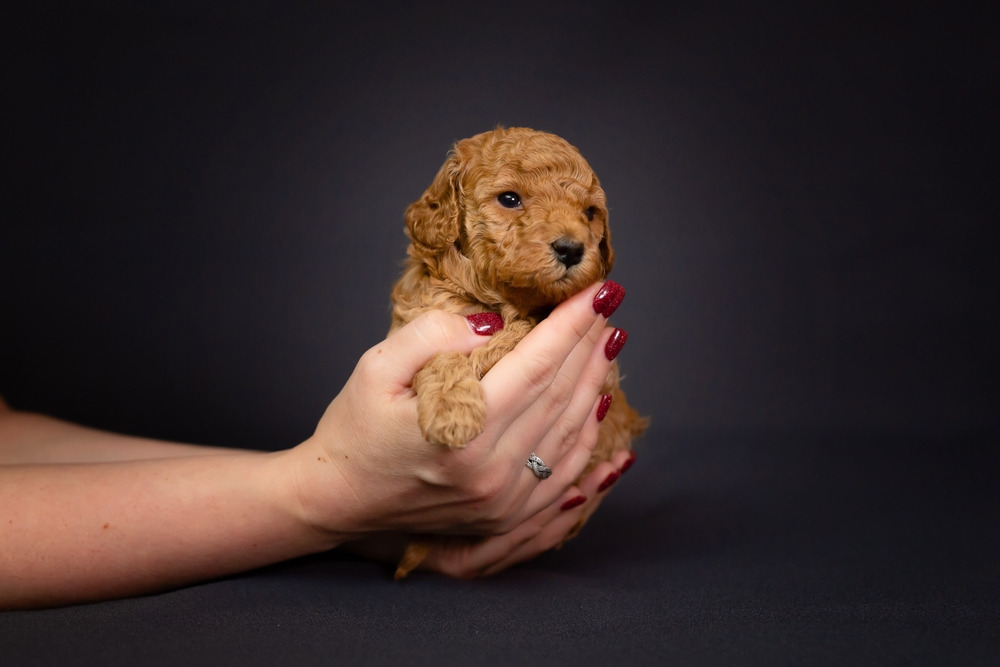
7. Breeding History
While responsibly breeding dogs itself may not impact lifespan, it does open opportunities for complications that can injure or kill the female dog. Inbreeding also presents a problem for the whole of the breed and may affect the puppies’ health and longevity.
8. Healthcare
Dogs that receive regular veterinary care are likely to live a longer life. Vaccinations help to prevent many potentially fatal diseases, including rabies, leptospirosis, distemper, parvovirus, and more. Routine veterinary exams also allow vets to identify indicators of a health problem, such as tumors or chronic conditions. In some jurisdictions, certain vaccines might be mandatory.


The 4 Life Stages of a Toy Poodle
1. Puppy
Toy Poodle puppies are born blind and deaf until they’re about 2 weeks old. During this time, the puppies are completely dependent upon their mother for nourishment, body temperature control, and protection.
At about 3 or 4 weeks, female dogs begin to slowly wean their puppies, and eventually they will transition from milk to solids. They will continue to develop and gain independence for the coming weeks. At 8 to 12 weeks, toy Poodles are able to go to new homes.
It’s better for puppies to be taken from their mothers later since this early period helps with emotional and social development. Socialization during this period is also important for a well-adjusted pup that’s not fearful of humans, other animals, and its environment.

2. Adolescence
The adolescent period for a puppy is essentially a “toddler.” Puppies are more likely to act out and push boundaries during this time. They also begin to lose their puppy teeth and gain adult teeth, which involves a lot of chewing. Toy Poodles need plenty of play and exercise during this period to provide physical and mental stimulation.
3. Mature Adult
Toy Poodles are considered adults when they are a year old; however, they will continue to grow and mature physically at a slower, steadier pace until they are around 18 months old. Fully grown toy Poodles stand under 10 inches to the shoulder and weigh between 4 and 6 pounds. Males are usually larger than females.

4. Senior
Small dogs, such as toy Poodles, are considered senior dogs when they reach 11 to 12 years of age. Like humans, they may experience age-related declines, such as loss of vision and hearing, less energy, weight gain, arthritis, loss of teeth, and loss of organ integrity. Senior dogs often have outward signs of aging as well, such as loose skin and more gray hair.

How to Tell Your Toy Poodle’s Age
Vets may be able to estimate a Toy Poodle’s age based on signs like cloudy eyes, dental tartar, tooth wear, and general appearance. But once a dog matures, it’s more difficult to accurately determine age between 2 and 8 years. This is even more likely with small dogs, which reach maturity faster and age more slowly than large dogs.
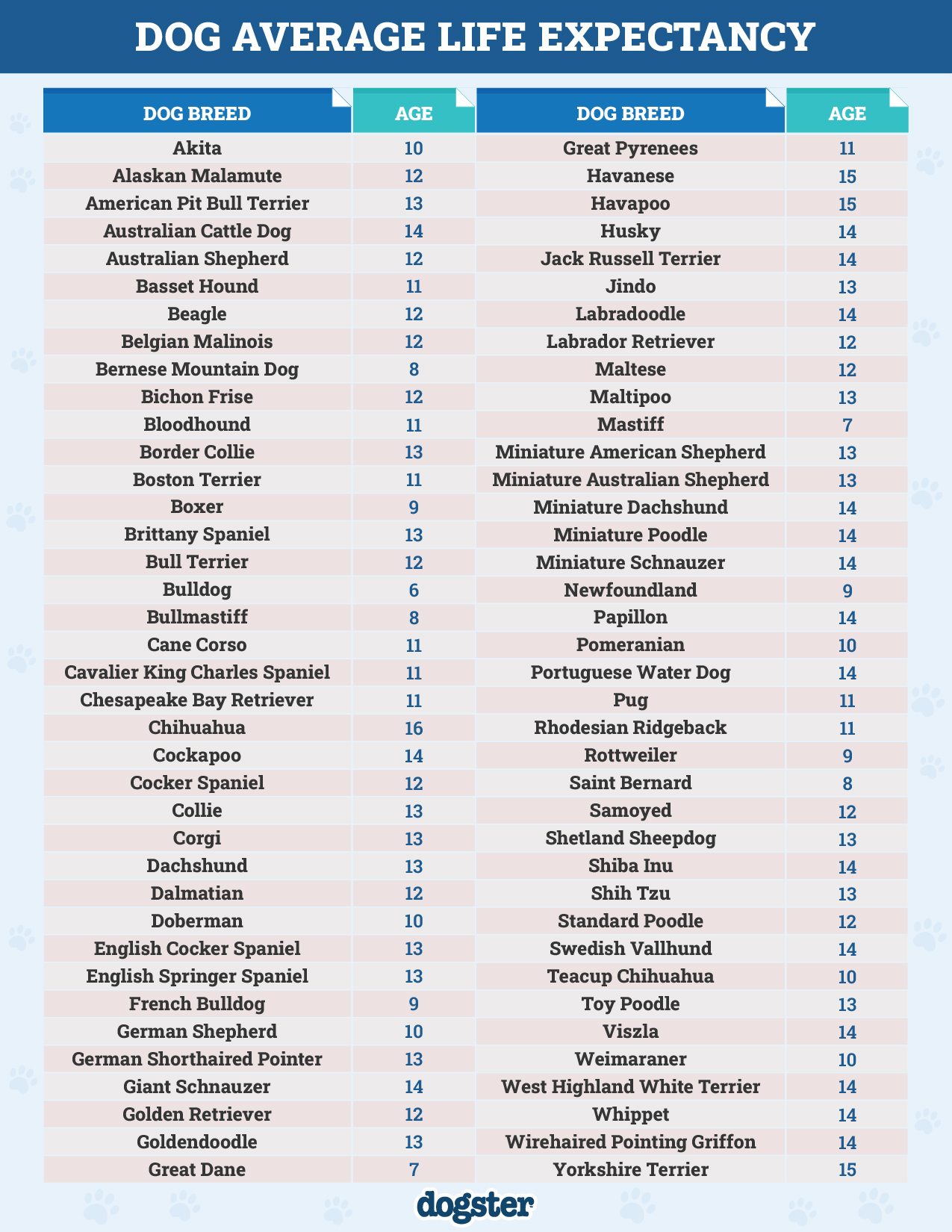

Conclusion
Like most small dogs, Toy Poodles are long-lived pups. Though they’re prone to some health conditions, Toy Poodles can live a long and healthy life with the proper care and nutrition. This includes regular vet visits, plenty of physical and mental stimulation, and lots of love.
- See also: Poodles in the Iditarod
Featured Image Credit: Steven Van Elk, Unsplash














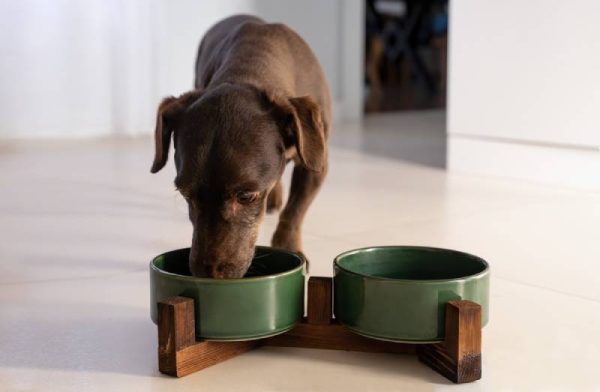


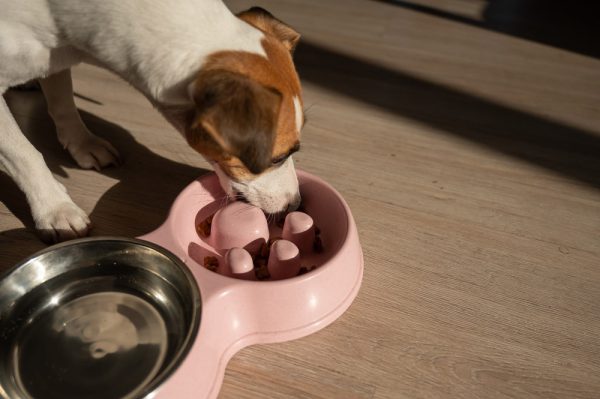

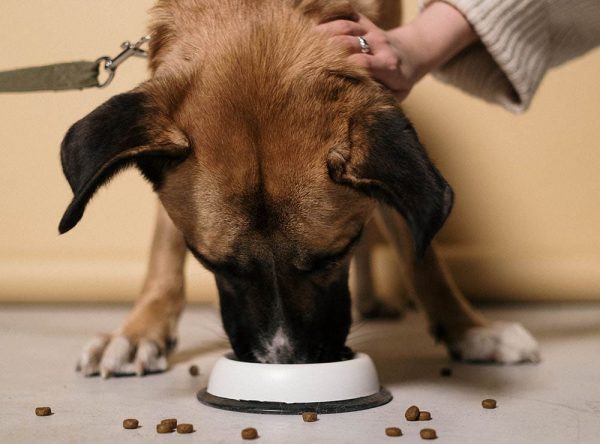
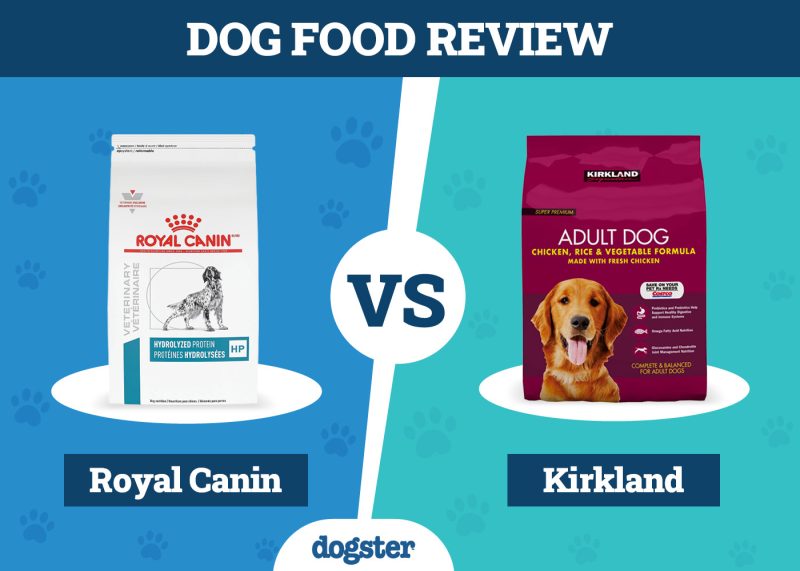

2 Responses
Our Toy poodle Charlie is 21 years old such a blessing
That's amazing, Barbara! You must have so many great memories. 🙂